Wrist wraps are supportive accessories commonly used in weightlifting, powerlifting, and other strength training activities. They are designed to provide additional stability and support to the wrist joint during heavy lifts or movements that put strain on the wrists. Wrist wraps are typically made of elastic or fabric material and come in various lengths and designs.
The primary purpose of wrist wraps is to limit the range of motion of the wrist joint, reducing the risk of hyperextension or excessive flexion during exercises like bench press, overhead press, or heavy lifts. They help maintain proper wrist alignment, which can be crucial for lifting heavier weights and preventing injuries.
Users often wrap the wrist wraps around their wrists before lifting activities, securing them in a way that provides the desired level of support. It's important to note that while wrist wraps can offer support, they should not be used as a substitute for proper form and technique. They are best used as a supplement to good lifting practices.
Wrist wraps are commonly used by athletes and weightlifters who engage in activities where wrist stability is crucial. However, their use depends on individual preferences, training goals, and any existing wrist issues.
It's advisable to consult with a fitness professional or healthcare provider if you have any concerns about incorporating wrist wraps into your training routine.
Why Wear Knee Sleeves
rist wraps can offer several benefits during weightlifting and strength training activities. Here are some reasons why individuals choose to wear wrist wraps:
Stability and Support:
Wrist wraps provide additional stability to the wrist joint, helping to keep it in a neutral position during lifts.
This stability is crucial for exercises that put significant stress on the wrists, such as heavy bench presses, overhead presses, and squats.
Injury Prevention:
Wrist wraps can help prevent injuries by reducing the risk of hyperextension or excessive flexion of the wrist during lifting.
Individuals with pre-existing wrist issues or those recovering from injuries may find wrist wraps helpful in providing extra support.
Increased Confidence:
Some lifters feel more confident and secure when wearing wrist wraps, especially when lifting heavy weights.
The psychological boost of knowing that the wrists are well-supported can contribute to better performance.
n be used in various strength training activities, including powerlifting, Olympic weightlifting, CrossFit, and general fitness.
Reduced Fatigue:
During high-volume training or extended workout sessions, the wrists can experience fatigue. Wrist wraps help reduce this fatigue and maintain proper wrist alignment.
Form Correction:
For individuals who struggle with maintaining proper wrist alignment during certain exercises, wrist wraps can assist in keeping the wrists in a safe and neutral position.
Versatility in Training:
Wrist wraps are versatile and can be used in various strength training activities, including powerlifting, Olympic weightlifting, CrossFit, and general fitness.
Customizable Tightness:
Wraps with Velcro or hook-and-loop closures allow users to adjust the tightness according to their preferences and the specific demands of the exercise.
Thumb Loop for Security:
Wrist wraps with thumb loops help keep the wraps securely in place, especially during dynamic movements.
Competition Regulations:
In some competitive strength sports like powerlifting and weightlifting, the use of wrist wraps may be regulated and may provide the necessary support within competition rules.
When to Wear Knee Sleeves
High-Volume Training: During workouts with high repetition or volume, such as CrossFit workouts or circuit training, the wrists may be subjected to repetitive stress. Wrist wraps can help reduce fatigue and provide support in such scenarios.
Personal Preference: Some individuals may prefer the feeling of added wrist support even during moderate or lighter lifts. If you find that wrist wraps enhance your comfort and confidence during training, you can use them as part of your routine.
Form Correction: If you struggle with maintaining proper wrist alignment during certain exercises, wrist wraps can assist in keeping your wrists in a neutral position, reducing the risk of injury.
It's important to note that while wrist wraps can be beneficial in certain situations, they should not be relied upon to compensate for poor form or technique. It's crucial to prioritize proper lifting mechanics and gradually increase the weight you lift to build strength in the wrists and surrounding muscles.
Our Wrist Wraps
When choosing wrist wraps, consider factors such as the level of support needed, the type of exercises you'll be performing, and personal preferences regarding comfort and flexibility. It's also essential to follow any guidelines provided by the manufacturer and to ensure that the wraps are worn properly to maximize their effectiveness.
Cloth Wrist Wraps:
- Stiffness: These wraps are often stiffer and provide strong support.
- Usage: Ideal for powerlifting movements where maximum wrist stability is required, such as heavy bench presses or squats.
Velcro Wrist Wraps:
- Closure: Features a Velcro or hook-and-loop closure for easy adjustment.
- Usage: Convenient and quick to put on. Allows for customizable tightness. Suitable for various exercises, especially those requiring frequent adjustments.
Notes For Beginners
If you're considering using wrist wraps, it's a good idea to consult with a fitness professional or healthcare provider, especially if you have pre-existing wrist issues. They can provide guidance on the appropriate use of wrist wraps based on your individual needs and circumstances.
Velcro Wrist Wraps:
Available in 4 Colors & Designs
Join 100,000+ athletes who trust 2POOD to power their PRs and pick your style today.


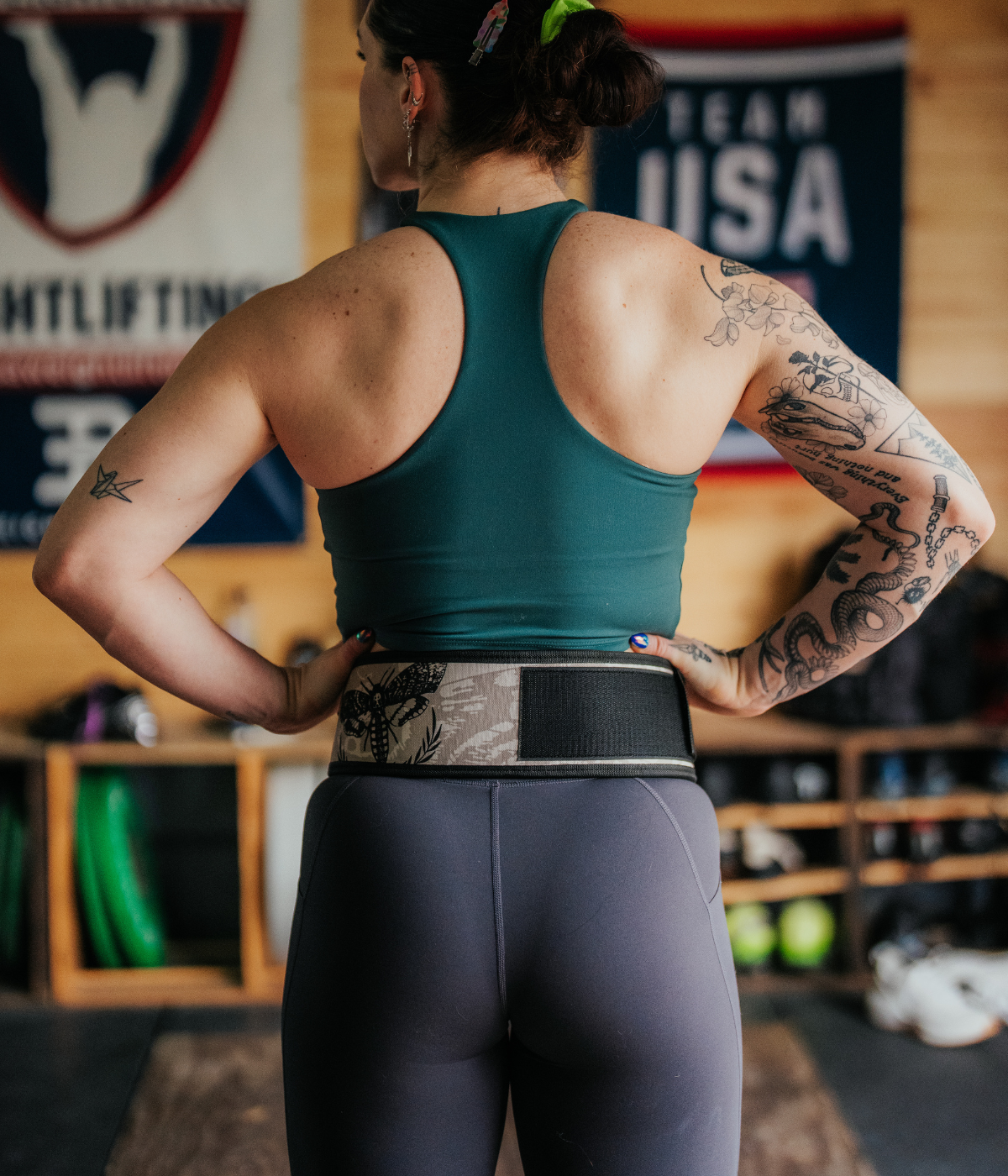
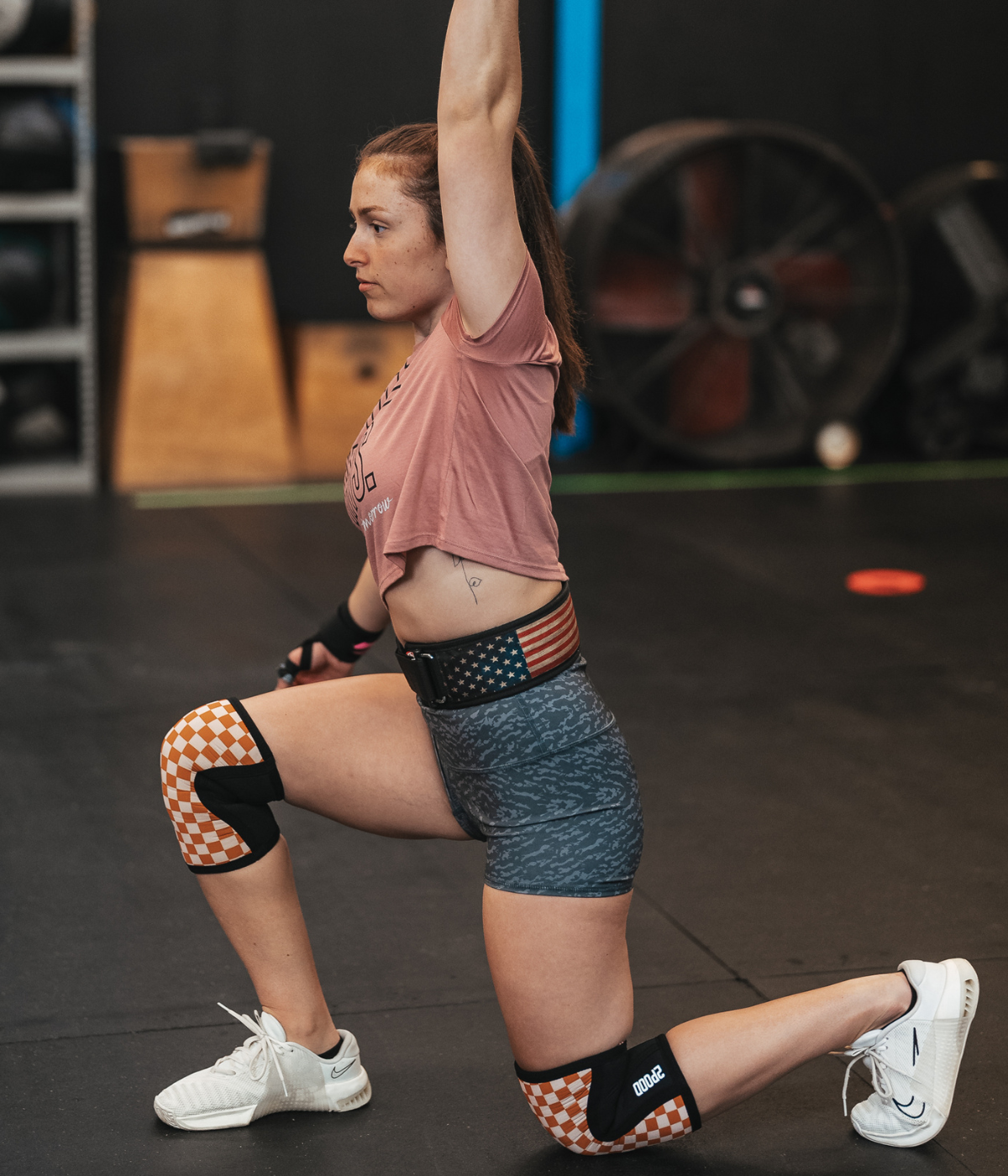
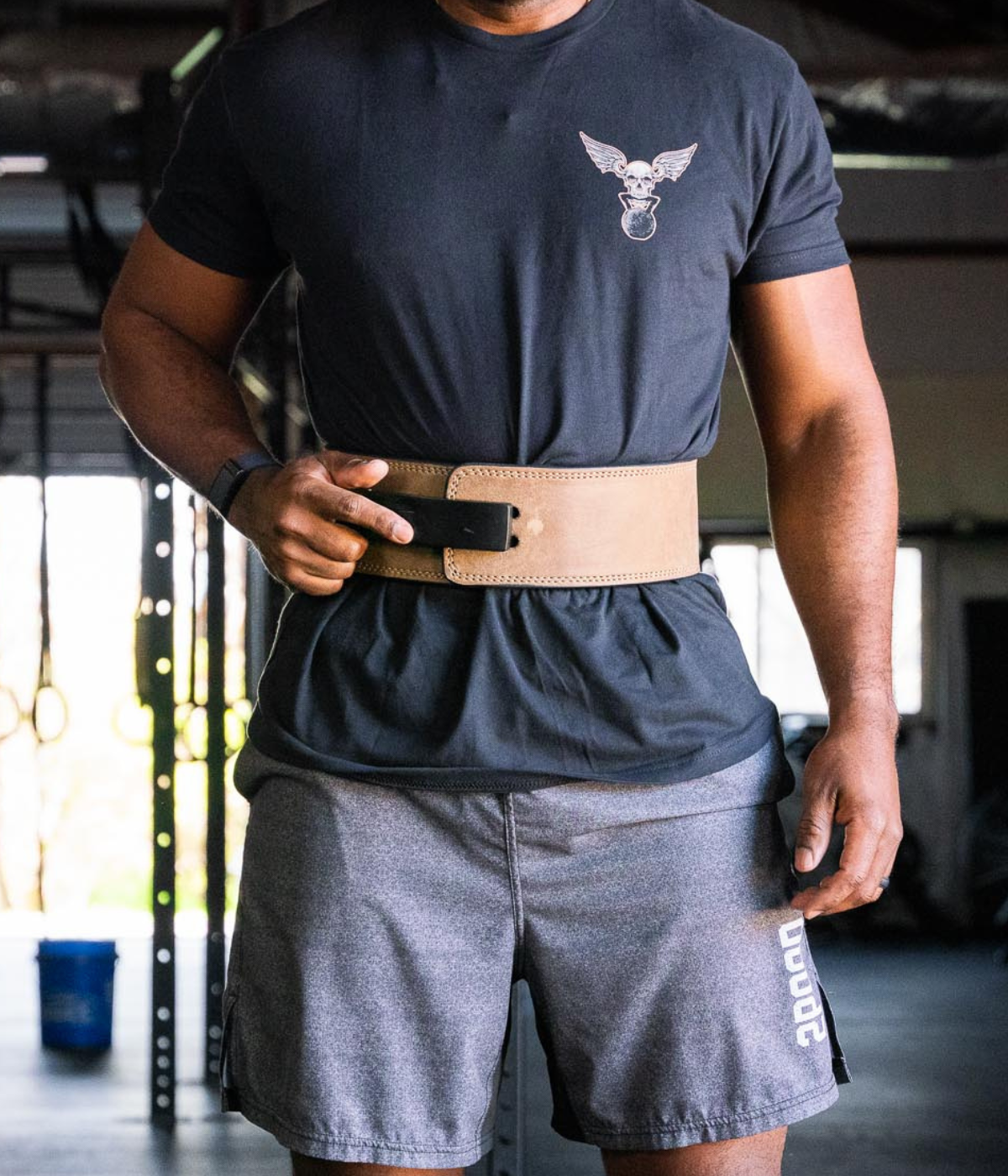
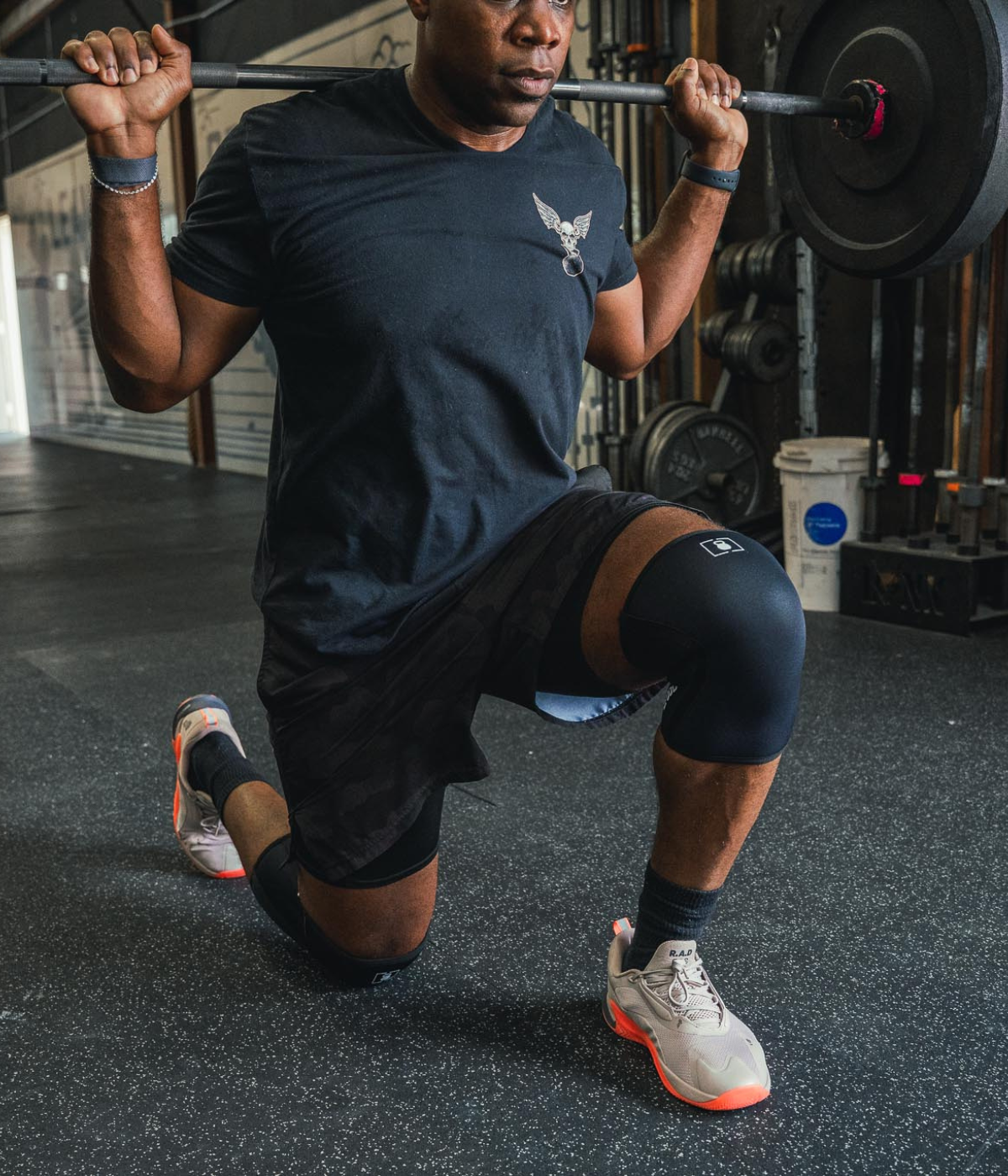
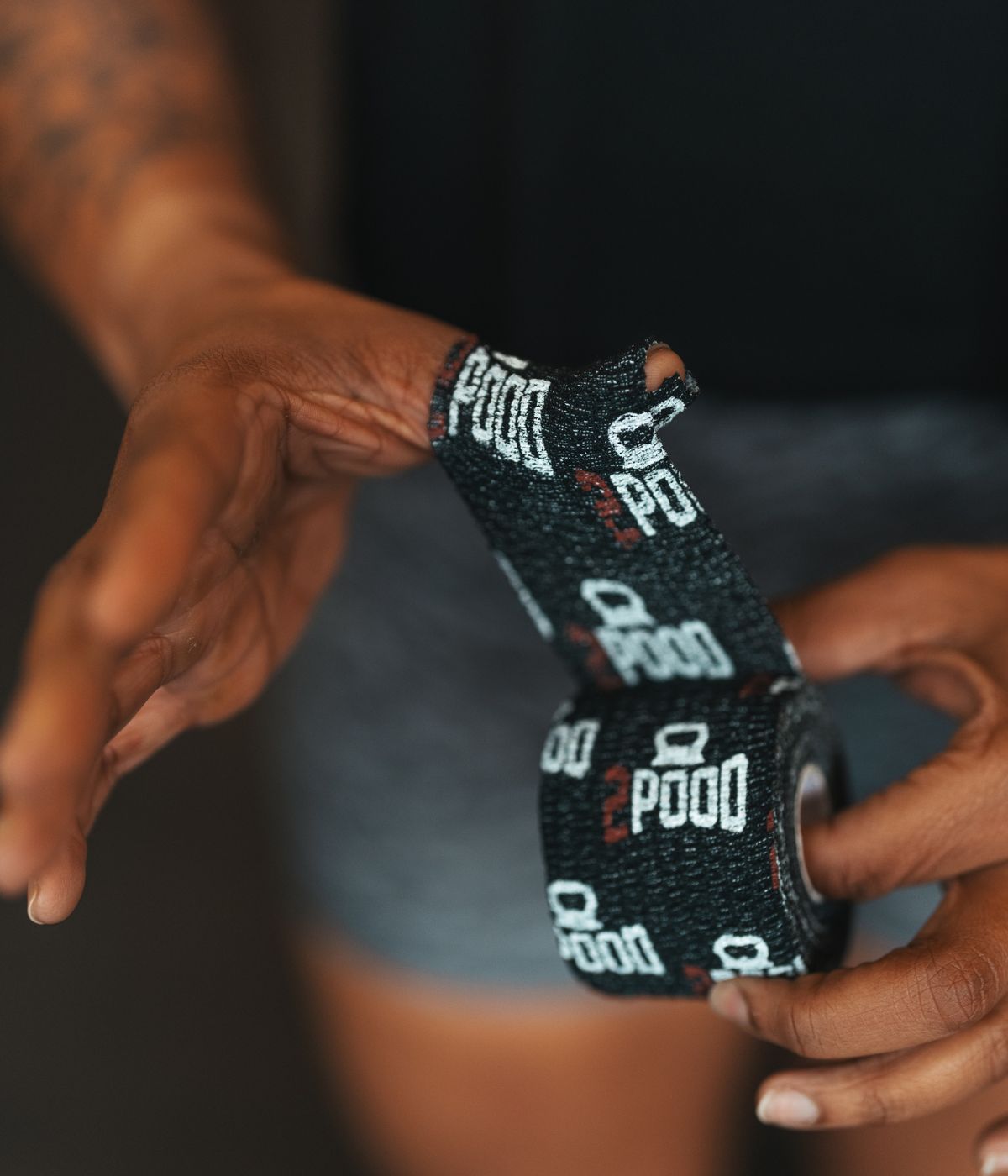
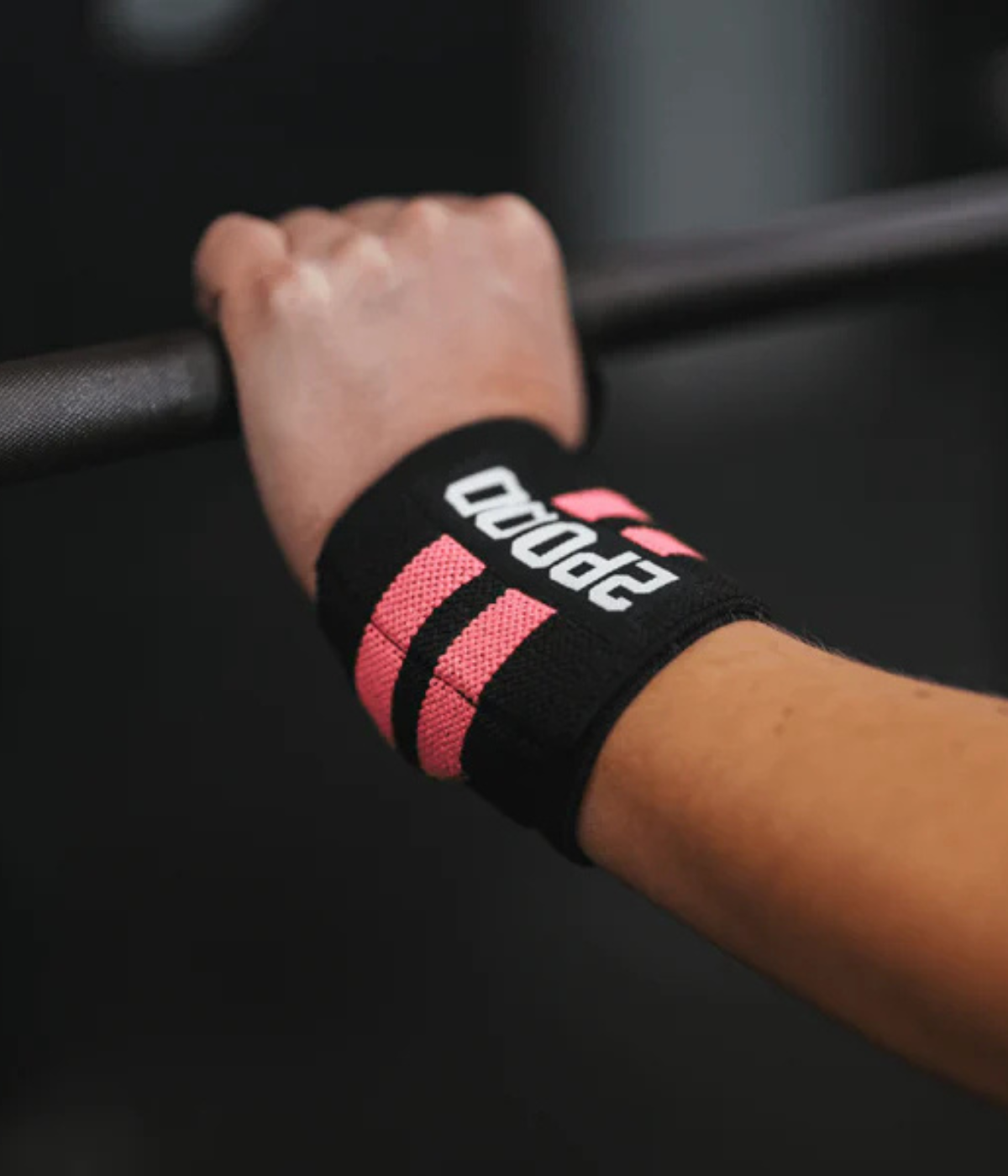
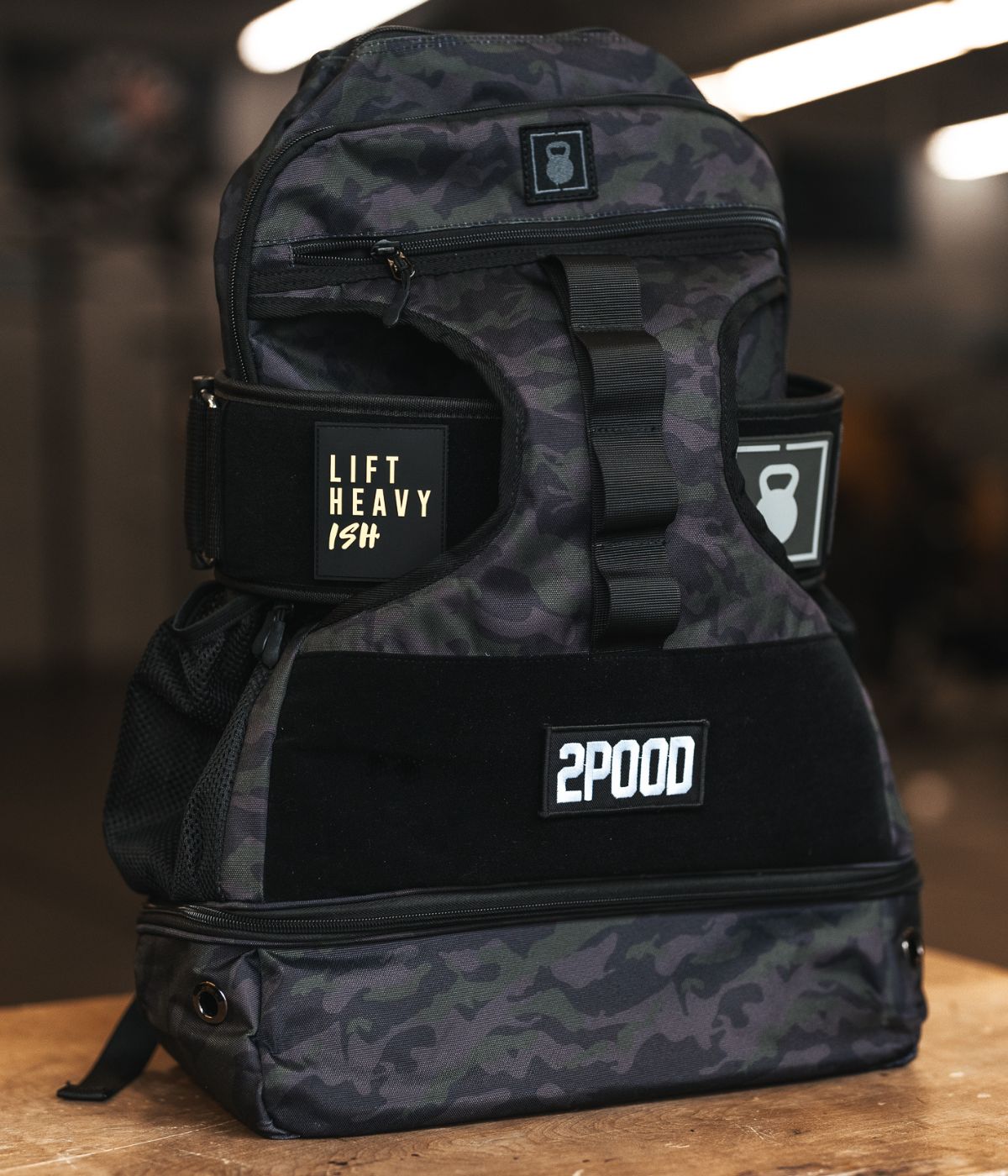
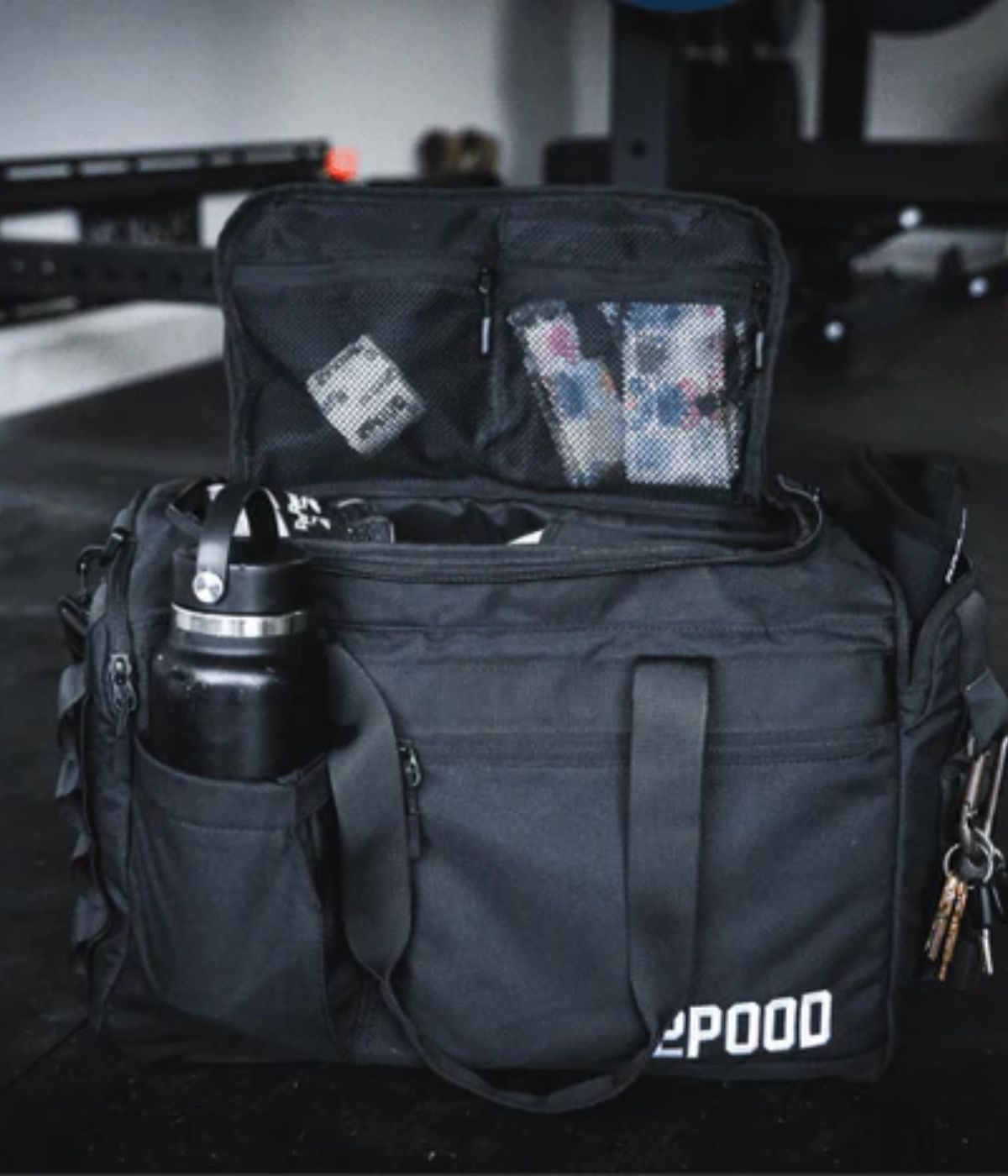
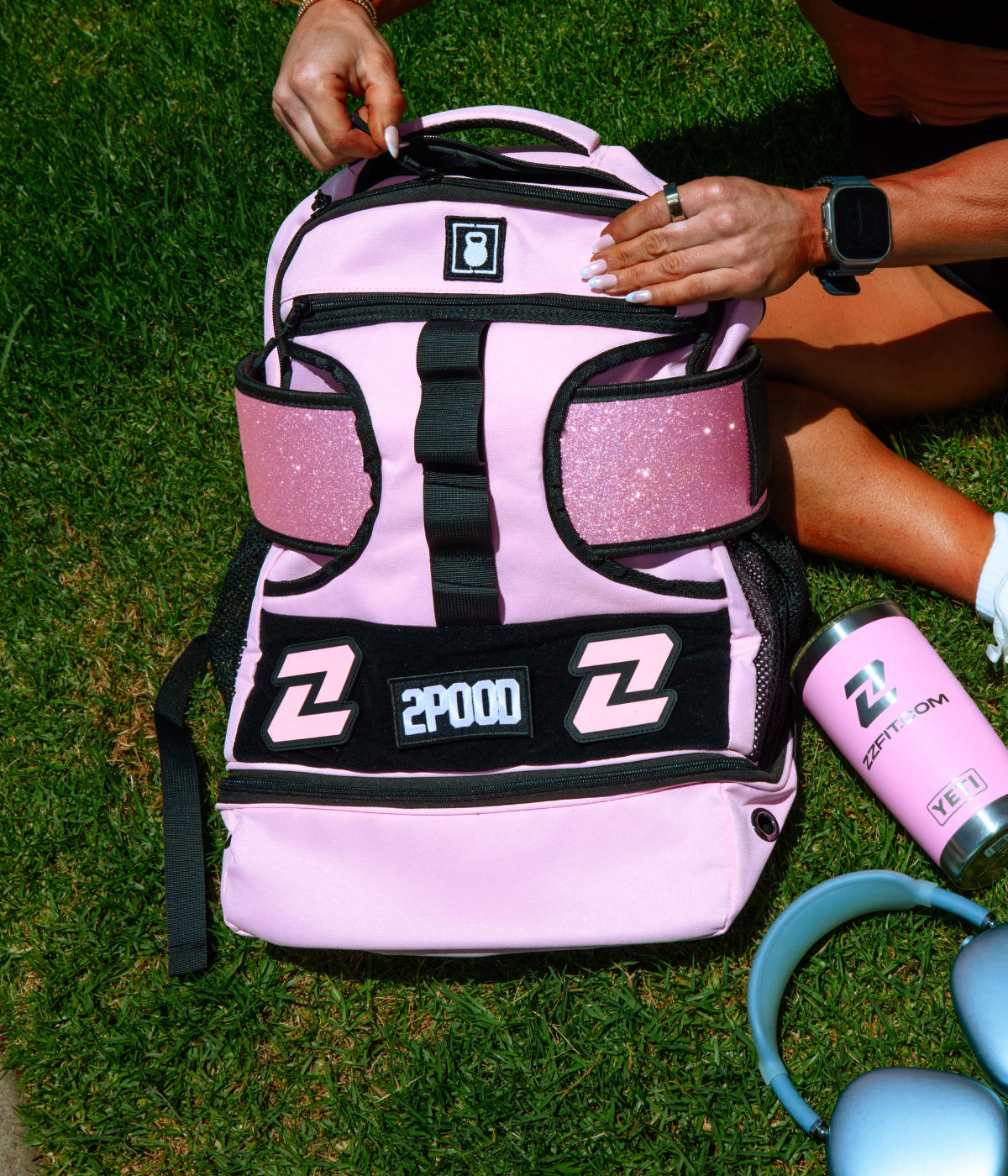
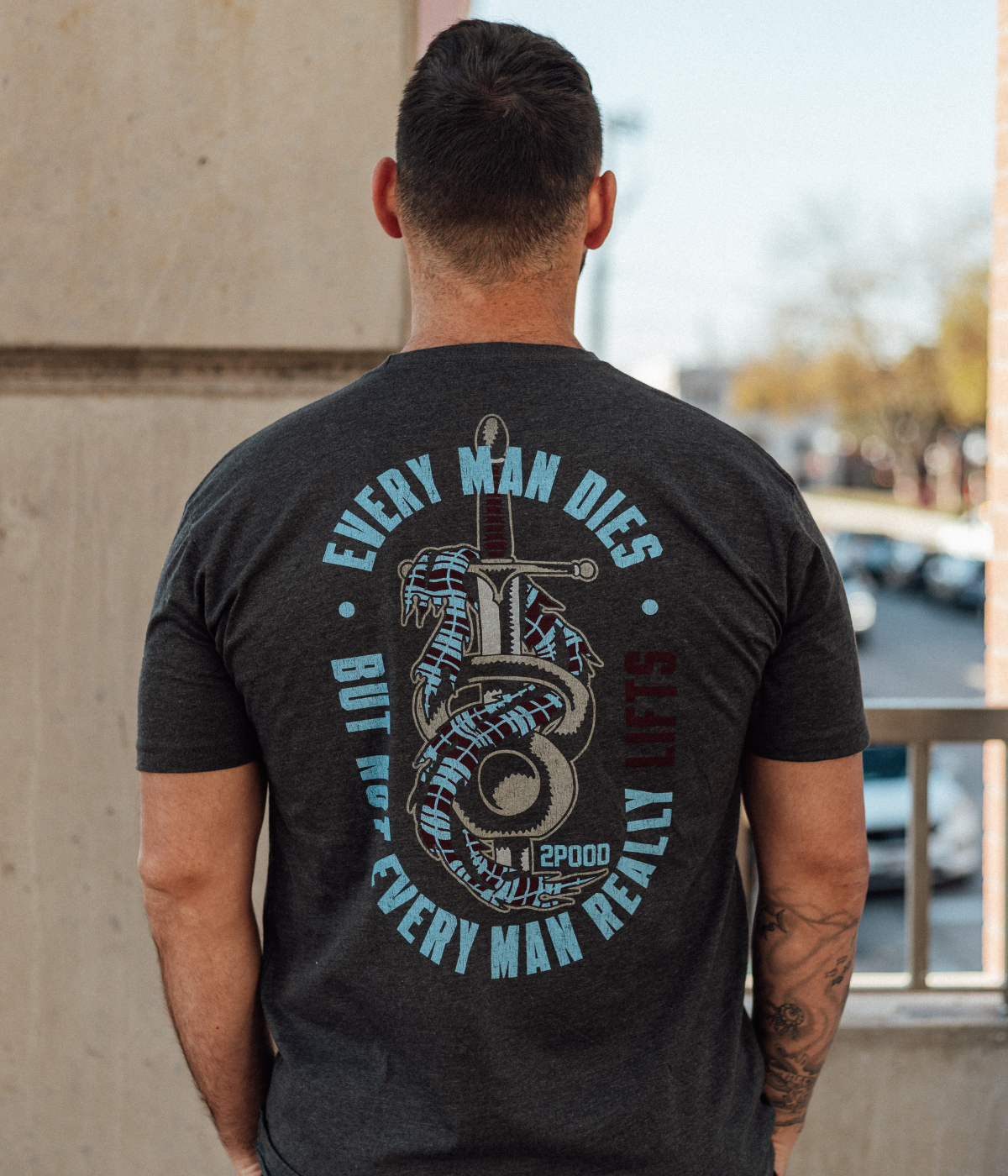
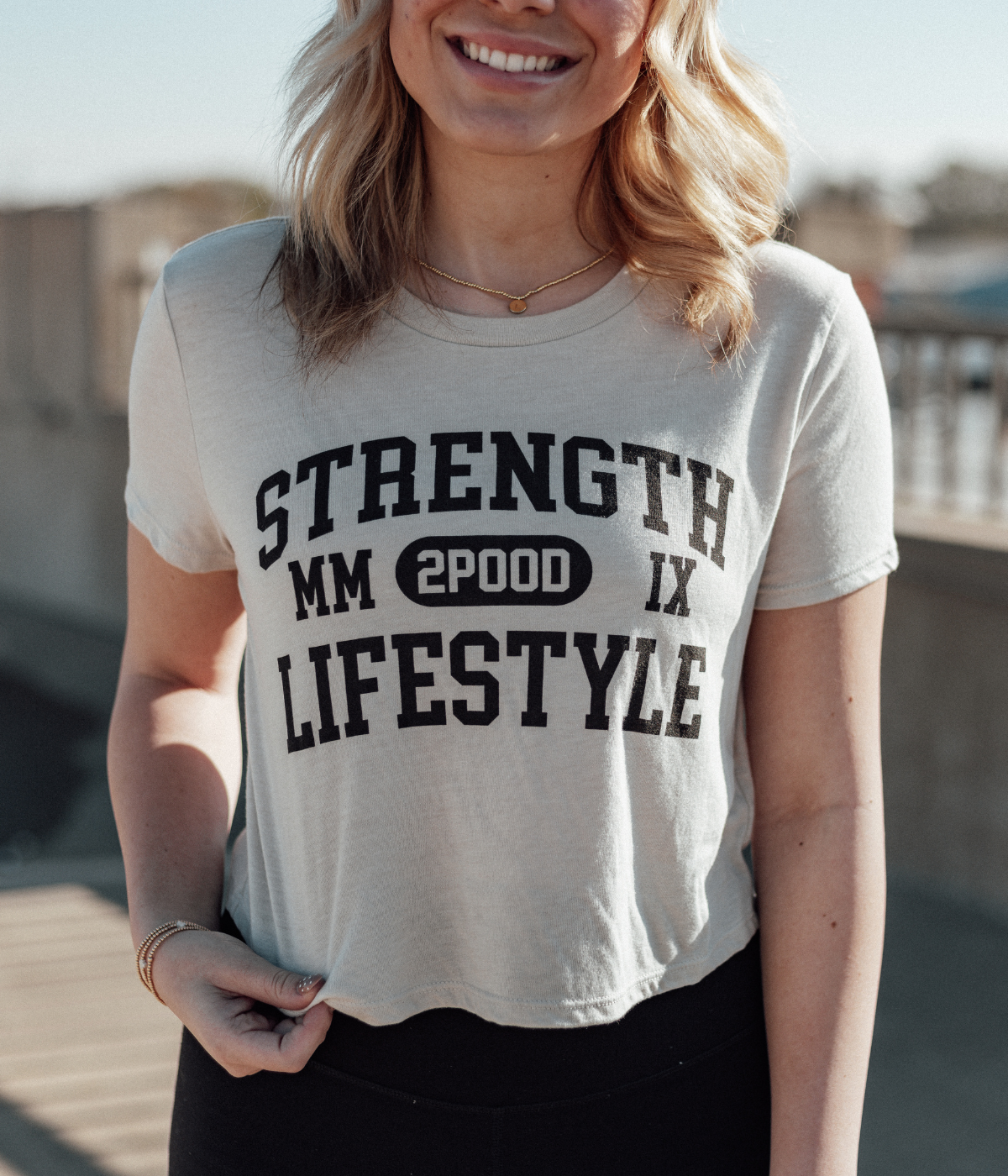
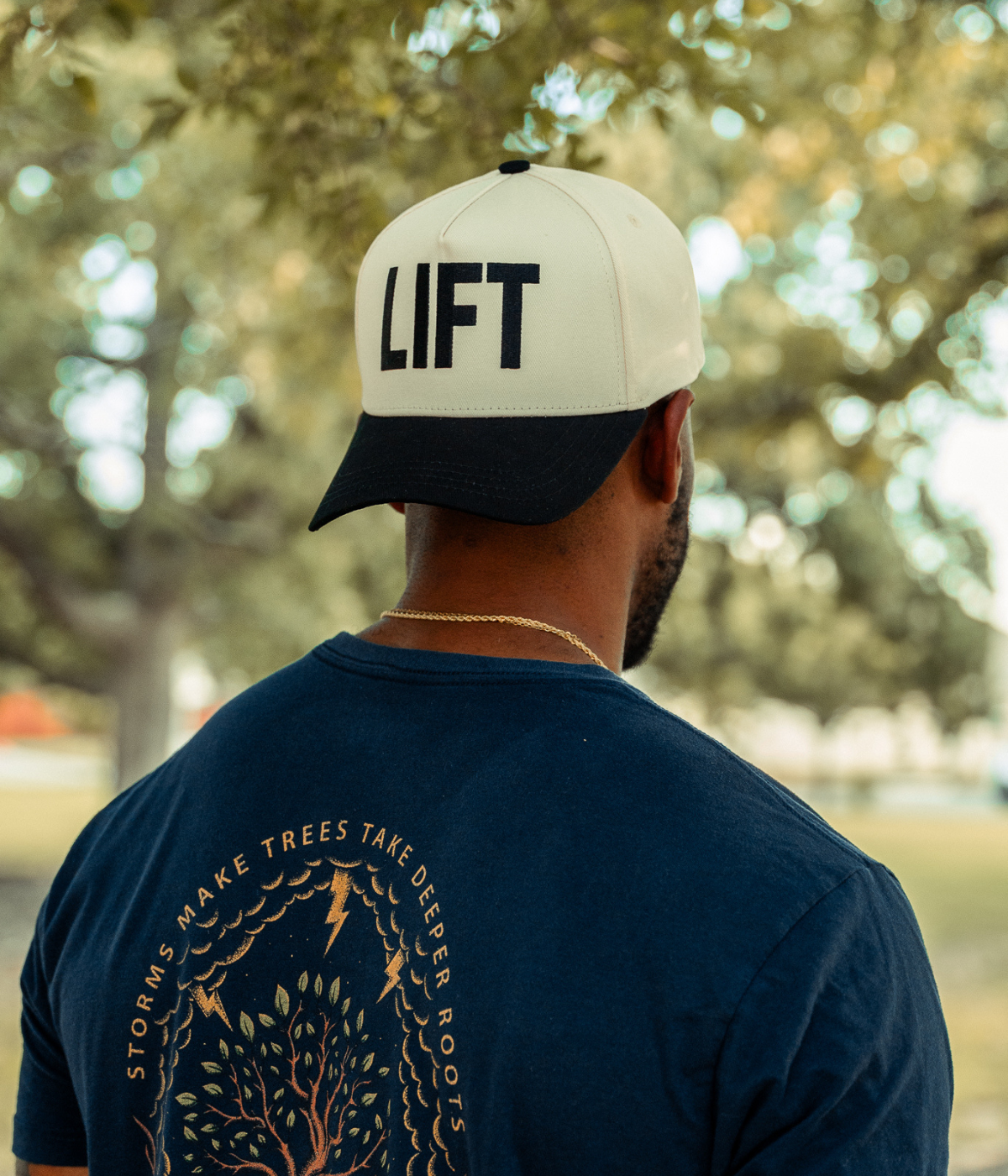
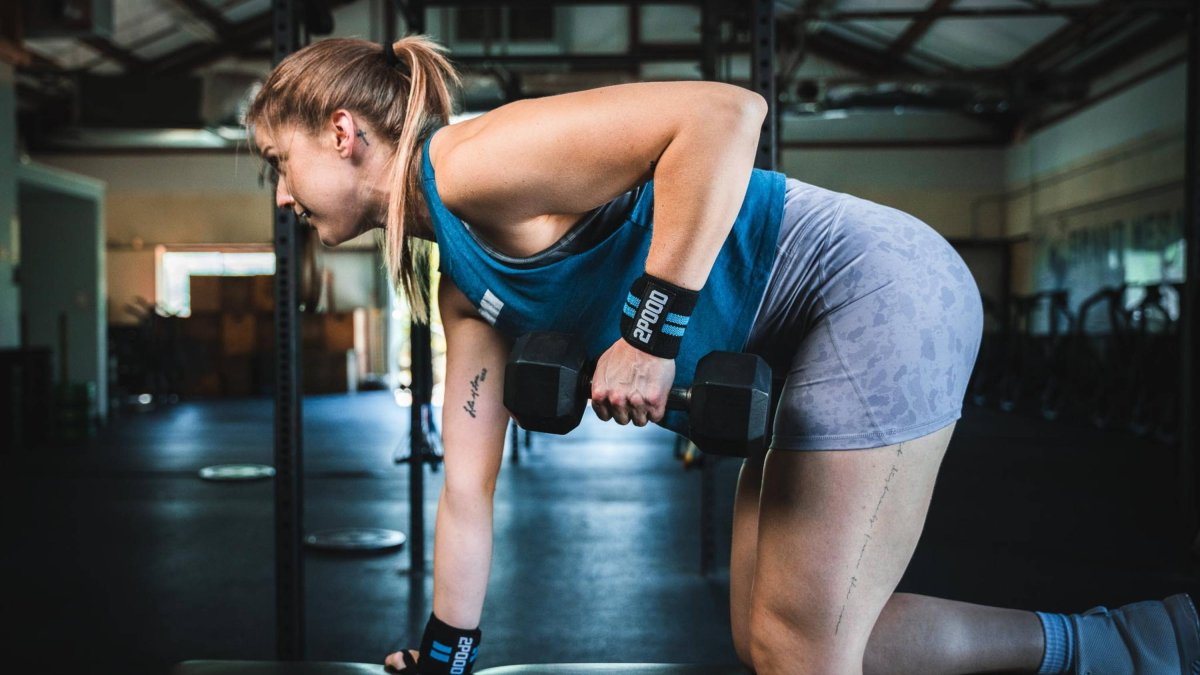
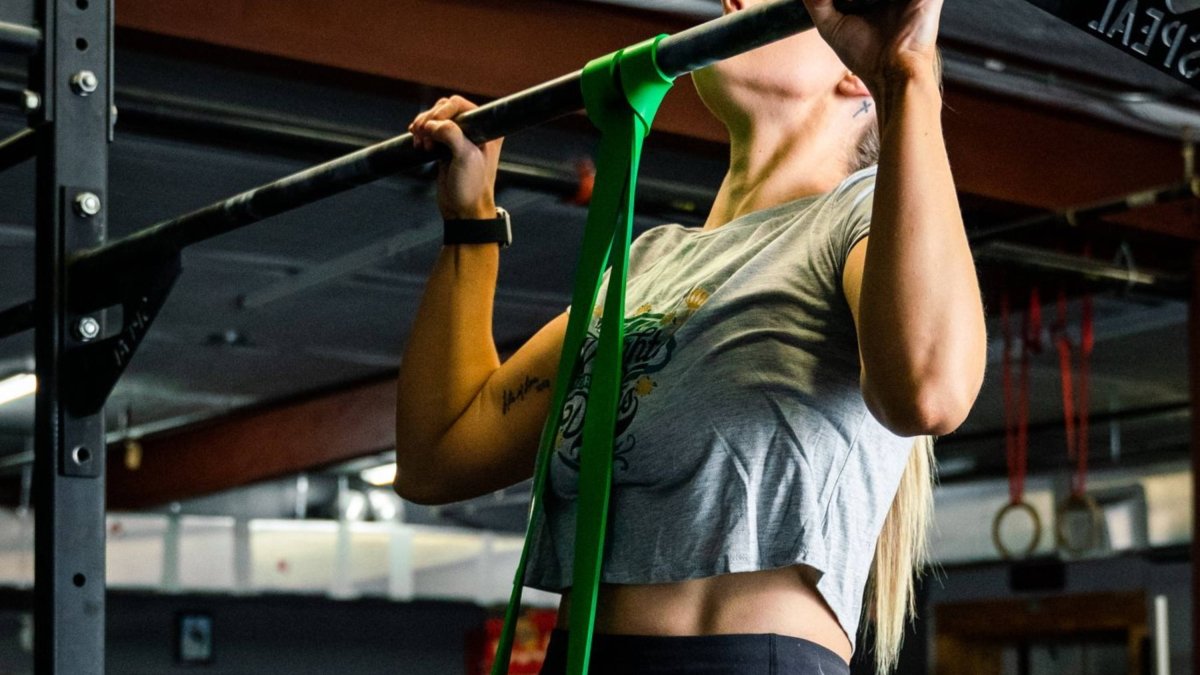
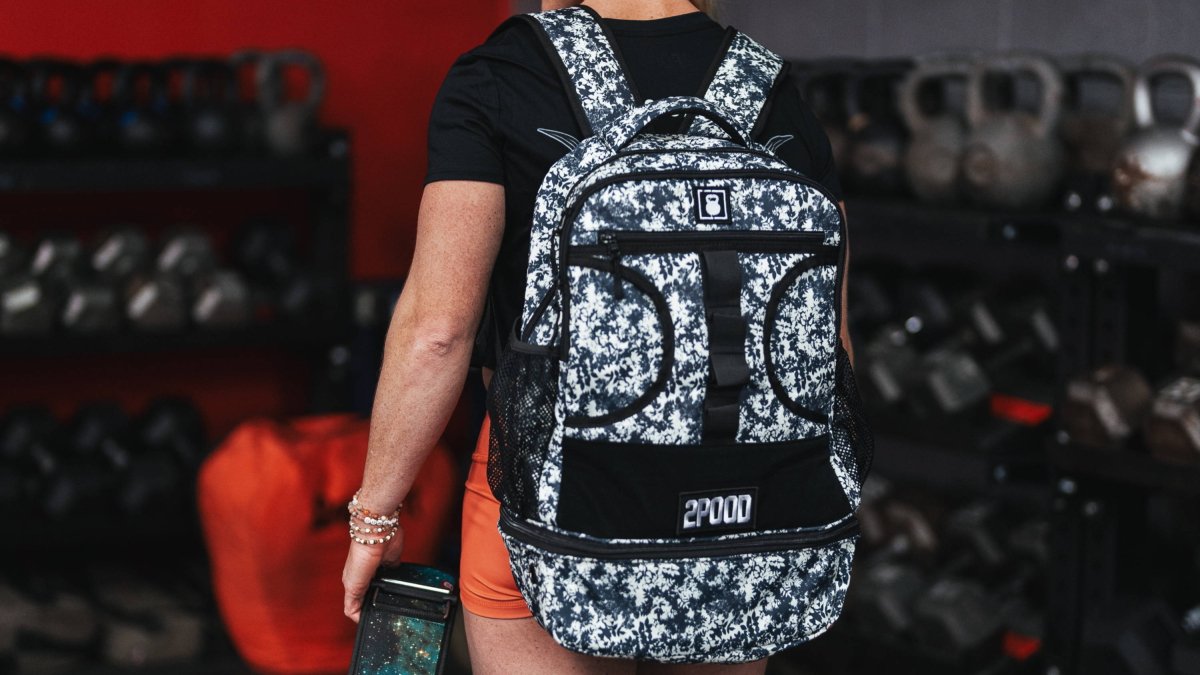
Leave a comment
All comments are moderated before being published.
This site is protected by hCaptcha and the hCaptcha Privacy Policy and Terms of Service apply.